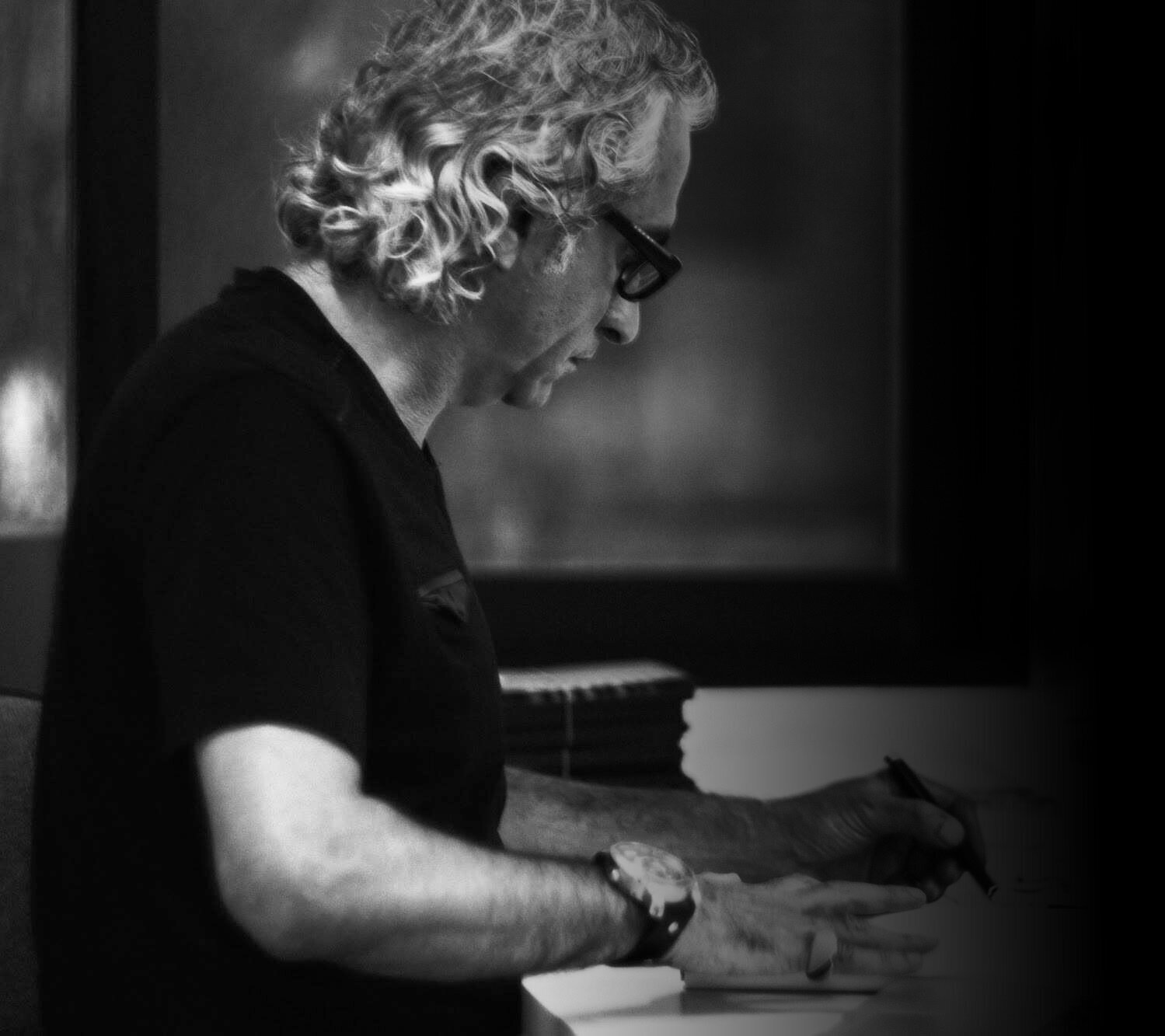
Welcome to My Website
"Nature's great book is written in mathematics", Galileo Galilei
This is where I share the many dimensions of my architectural journey - a path shaped not by convention, but by curiosity. From the ancient heart of Babylon to Auckland, Sydney, Dubai, Shanghai, London, and now back to Sydney, my work moves across cultures, disciplines, and scales - each step weaving into a larger, evolving narrative.
I’ve never fit neatly into one box - not solely a practitioner, nor purely academic. I’ve always lived in the space between: between art and science, architecture and technology, certainty and exploration. The tension between these different drives isn’t something I’ve resolved - it’s something I’ve come to embrace. It’s what fuels me. My work explores architecture as a dynamic interplay between human creativity, natural systems, and emerging technologies - always evolving, always in inquiry.
I continue to seek - not mastery, but discovery. Not final answers, but new questions. I resist specialisation because I believe in staying open, adaptable, and deeply human in the face of change. Architecture, for me, is not a static discipline - it is a dynamic, living ecological system.
Thanks for visiting. I hope this space offers a glimpse into the questions, ideas, and creative energies that shape my world.

Visionary Architect
“You never change things by fighting the existing reality. To change something, build a new model that makes the existing model obsolete.” Buckminster Fuller
My curiosity to explore new territories of design thinking drove me to diverse places over the years. In my design thinking, I have always resisted following the conservative, traditional, and know-how methods that dominate the profession and academia. Instead, I look for new design possibilities facilitated by integrating big data, new materials, and algorithmic processes. These processes moved the design process from simply imaging an end result of a form into dealing with data and information to inform the process. I found this to be more inclusive and thorough than the reductive process of imagining an end form.

The basis of the universe isn't matter or energy- it is data (James Gleick, WIRED)
For me, design is an analogy for life: a balance of risk and control, knowing when to go with the flow, knowing when to stop. I design to feel more connection with the natural world and to embrace the challenges in life along with the light. With data and algorithms, design becomes an interdisciplinary activity where ideas become scalable from one discipline to another. Sometimes the same algorithm originally created for a building facade, or an urban plaza, can be used to create a piece of jewellery or fashion. This approach extends design possibilities across different disciplines. Digital fabrication further facilitates such possibilities.

Algorithimc-Design Researcher
"An algorithm is not only a computer implementation, a series of lines of code in a program, or a language, it is also a theoretical construct with deep philosophical, social, design and artistic repercussions." (Terzides, 2006)
From social media apps to self-driving cars, algorithms are reshaping our lives and defining our new culture. They are embedded in every formation of the natural world. Thinking of design as a data-based algorithmic process has reshaped my process and opened up many possibilities to explore new typologies of forms and space. To think of design in an algorithmic way is to reverse the design process from a top-down system wherein the architect's subjectivity and biases decide on a form that meets the project's requirements. In the algorithmic way, the form emerges from the negotiation of certain parameters defined by the architect.

Futuristic Educator
As a progressive educator, my teaching is directed toward preparing the students for the future of the profession. I believe educators play a pivotal role in imparting knowledge about future-oriented processes, techniques, and systems rather than of the past. It is our responsibility to raise students' awareness about emerging issues and environmental responsibilities. With the emergence of AI and advanced computational systems, the design process is undergoing a transformation, shifting from traditional modernist paradigms to sophisticated algorithmic systems that leverage BIG DATA to inform the design process comprehensively. Additionally, the use of advanced simulations enables architects to assess building performance and navigate the interplay between aesthetics and functionality more effectively.




